Get Rid of Carpenter Ants | Effective Carpenter Ant Removal Tips
But how do you get rid of carpenter ants? In this article, we will discuss the best ways to exterminate carpenter ants and regain control of your home. Whether you prefer a DIY approach or are considering professional help, we've got you covered with effective carpenter ant removal strategies.

Key Takeaways:
- Identify the signs of a carpenter ant infestation, such as piles of wood shavings and rustling sounds in woodwork.
- Differentiate carpenter ants from termites to determine the appropriate treatment methods.
- Consider using baiting and pesticide sprays to eliminate carpenter ants.
- Treat both the inside and outside of your home to ensure complete eradication.
- Prevent future infestations by keeping your home clean, sealing cracks, and removing sources of moisture.
Identifying Carpenter Ants
Carpenter ants come in various sizes and colors, but they share specific physical characteristics that distinguish them from other ant species. These characteristics include:
- A single bump on the waist: Carpenter ants have a noticeable bump on their waist, located between the thorax and abdomen.
- Curved back to the thorax: The thorax of a carpenter ant appears curved, giving it a distinct shape.
- Heart-shaped head: Carpenter ants have a head that resembles the shape of a heart.
- Elbowed antennae: Their antennae have a noticeable elbow or bend in the middle.
These ants are among the largest in size, with worker ants reaching up to 12mm in length. To aid in identification, you can capture a carpenter ant and freeze it, making it easier to observe its physical characteristics.
Signs that indicate the presence of carpenter ants include:
- Large, black ants or winged males
- Wood shavings or sawdust around baseboards or windowsills
- Tunnels in woodwork
- Smooth carvings in wood
To visually illustrate the physical characteristics of carpenter ants, refer to the image below:
Note:
Remember to exercise caution when attempting to identify carpenter ants. It's advisable to reach out to a professional pest control expert for accurate identification and appropriate treatment if you're unsure.
Signs of a Carpenter Ant Infestation
If you suspect a carpenter ant infestation in your home, it's crucial to look out for specific signs that indicate their presence. By identifying these signs early on, you can take immediate action to eliminate the infestation and prevent further damage. Here are the key indicators to watch for:
- Large black ants or winged males: Carpenter ants are significantly larger than other ant species, with workers reaching up to 12mm in length. If you spot these ants in or around your home, it may indicate an infestation.
- Piles of wood shavings or sawdust: Carpenter ants excavate or tunnel through wood to create their nests. This activity results in the accumulation of sawdust piles or wood shavings around baseboards or windowsills.
- Tunnels in woodwork: As carpenter ants tunnel within wood, they create intricate passageways or tunnels. If you observe tunnels in woodwork, it could be a sign of a carpenter ant infestation.
- Smooth carvings in wood: Unlike termites that create rough and ragged tunnels, carpenter ants have the ability to carve smooth galleries in wood. Smooth carvings indicate their presence.
- Rustling sounds: Although not always noticeable, you may hear rustling or crackling sounds coming from within woodwork. This sound is often caused by the movement and activity of carpenter ants.
It's important to note that the visible damage caused by carpenter ants may not always be immediately apparent. They prefer to create their nests within wood, making it necessary to stay vigilant and recognize the signs mentioned above. If you suspect a carpenter ant infestation, it's essential to take prompt action to prevent further destruction.
Please note: The image above depicts signs of a carpenter ant infestation.
Baiting and Pesticide Sprays
In the battle against carpenter ants, baiting and pesticide sprays are two key methods for elimination. Baiting involves using toxic bait to attract the ants, which is then spread throughout the colony. To effectively bait carpenter ants, a combination of sugar-based and protein-based baits is recommended.
For sugar-based baiting, Advion Ant Bait Gel is an excellent choice. This bait is formulated to lure carpenter ants with its irresistible sweetness. Once the ants consume the bait, it is carried back to the nest, effectively eliminating the entire colony. The Advion Ant Bait Gel ensures a thorough baiting process, targeting both worker ants and the queen.
In addition, protein-based baits can also be used to effectively bait carpenter ants. Advance Carpenter Ant Bait is a trusted option. This bait is formulated to mimic the ants' natural food sources, attracting them to consume the bait and bring it back to the nest. The Advance Carpenter Ant Bait offers long-lasting control and is highly effective in eliminating carpenter ants.
When it comes to pesticide sprays, non-repellent options are recommended for carpenter ant control. Non-repellent sprays, such as Termidor SC and Phantom, are designed to be undetectable to carpenter ants, enticing them to come into contact with the spray. Once exposed, the non-repellent spray effectively kills the ants and, more importantly, encourages them to spread the toxic chemicals within the colony. This ensures the entire colony is targeted and eliminated.
It's important to note that while baiting and spraying pesticides are effective in carpenter ant control, caution must be exercised to prevent the spread of toxic chemicals. Careful application and following the instructions provided by the manufacturer are crucial to protecting human health and the environment. Always prioritize the safety of yourself, your family, and any pets when applying bait or pesticide sprays.
Treating the Outside
To effectively address a carpenter ant infestation, it is important to treat the outside of your home. Since most carpenter ants use your home as a satellite colony, taking action outdoors is crucial. By baiting the exterior and targeting areas with damp wood sources, you can eliminate the ants and prevent further damage.
Baiting around the perimeter: Start by baiting around the perimeter of your home. Place ant bait stations or apply ant gel bait near potential entry points such as windows, doors, and foundation cracks. This will intercept ants before they have a chance to enter your house.
Baiting near damp wood sources: Carpenter ants are attracted to damp or decaying wood. Look for areas outside your home where moisture may be present, such as near leaky pipes, gutters, or damp soil. Bait heavily in these locations to target ants that are actively foraging for food.
Finding the main nest: In order to completely eliminate the carpenter ant infestation, it is important to locate and treat the main nest. Carpenter ants often establish their main nest outside in old stumps, tree trunks, or wood debris. Carefully inspect your outdoor landscape for signs of carpenter ant activity, such as sawdust or ant trails. Once you have identified the main nest, use a targeted carpenter ant spray or dust to eradicate the colony.
By treating the outside of your home and targeting carpenter ant nests outdoors, you can effectively eliminate the infestation and protect your property from further damage.

Treating the Inside
Treating the inside of your home is a crucial step in effectively eliminating carpenter ants and preventing reinfestations. By using a combination of baiting and spraying pesticides, you can target the carpenter ant nests inside your home and protect your property from further damage.
Baiting Inside
One effective strategy is to bait both inside and outside your home. However, if you have pets or small children, it is advisable to focus on baiting outside only to avoid any potential risks. Inside your home, you can apply baits around the perimeter and in areas where you suspect ant colonies or trails.
Tip: Use protein-based baits and sugar-based baits in combination for optimal results. Advion Ant Bait Gel and Advance Carpenter Ant Bait are recommended options to attract and eliminate carpenter ants.
Using Non-Repellent Sprays
Treating cracks and crevices is essential in reaching carpenter ant nests inside your home. Non-repellent sprays, such as Termidor SC and Phantom, are highly effective in this regard, as they are designed to be undetectable by ants. Apply these sprays in areas where carpenter ants may be entering or nesting, such as cracks, crevices, and other access points.
Note: Non-repellent sprays allow the ants to spread the pesticide within their colony, leading to the elimination of the entire nest.
Protecting Against Reinfestations
After treating the inside of your home, it is important to take preventive measures to protect against reinfestations. Regularly monitor your property for any signs of carpenter ants, such as sawdust piles or sightings of ants. Use pesticides sprays along the perimeter of your home to create a barrier against future infestations.
Tip: Sealing cracks and crevices, maintaining proper ventilation, and removing potential sources of moisture can also help prevent carpenter ant problems.
By implementing these strategies and maintaining vigilance, you can effectively eliminate carpenter ants from the inside of your home and safeguard your property against future infestations.
Hiring a Professional Exterminator
While DIY methods can be effective in eliminating carpenter ants, there are numerous benefits to hiring a professional exterminator for your carpenter ant problem. These professionals have the expertise and resources to ensure a thorough and effective treatment, giving you peace of mind.
One of the primary advantages of hiring a professional exterminator is access to better equipment and products. These professionals have specialized tools and pesticides that are not usually available to homeowners. They are equipped to handle larger infestations and can effectively target hidden nests that may be difficult to locate without the right equipment.
Furthermore, professional exterminators have extensive knowledge and experience in dealing with carpenter ants. They are trained to identify the signs of infestation, determine the level of severity, and implement the most appropriate treatment methods. By entrusting the job to a professional, you can rest assured that the infestation will be dealt with effectively and efficiently.
Another important benefit of hiring a professional is minimal structural damage. Carpenter ants can cause significant damage to the wooden structures of your home if left untreated. However, professional exterminators have the expertise to minimize the structural damage during the treatment process. They understand how to target the pests without compromising the integrity of your property, ensuring that your home remains safe and intact.
When it comes to professional exterminators for carpenter ants, companies such as Terminix, Orkin, and Bulwark are highly recommended. These reputable pest control service providers have trained technicians who specialize in carpenter ant removal. They can effectively treat both indoor and outdoor infestations, tailoring their approach to your specific needs. These professionals also offer long-term pest control solutions to prevent future infestations and protect your home from further damage.
By hiring a professional exterminator, you can benefit from their expertise, access to superior equipment, and effective treatment methods. They can ensure that your carpenter ant problem is dealt with efficiently, while minimizing any potential structural damage to your home. If you're facing a carpenter ant infestation, consider reaching out to a professional exterminator for effective and reliable pest control services.
Prevention Tips
Prevention is crucial in avoiding carpenter ant infestations. By following these prevention tips, you can minimize the risk of carpenter ant infestations and keep your home safe.
Keep Your Home Clean
Regularly clean your home to remove crumbs, spills, and food debris that can attract carpenter ants. Pay special attention to the kitchen and dining areas, as well as any areas where food is stored or consumed.
Seal Cracks and Crevices
Inspect your home for any cracks or crevices in walls, windows, doors, or foundation. Seal them properly to prevent carpenter ants from entering. Use caulk or other suitable materials to fill in these gaps and restrict their entry points.
Remove Sources of Moisture
Carpenter ants are attracted to moist environments. Regularly check for and fix any leaks or plumbing issues in your home. Additionally, ensure proper drainage around your property and remove any standing water sources, such as clogged gutters or birdbaths.
Maintain Proper Ventilation
Good airflow and ventilation can help prevent damp areas that attract carpenter ants. Ensure that your home has proper ventilation in areas prone to moisture, such as attics, basements, and bathrooms. Use dehumidifiers if necessary to reduce humidity levels.
Trim Tree Branches
Carpenter ants often use tree branches as highways into your home. Trim tree branches that are touching or close to your house, especially those near windows, doors, or rooflines. This will create a barrier and make it harder for ants to access your property.
Store Wood Away from Your Home
Carpenter ants are attracted to wood, so it's essential to store any firewood, lumber, or wooden debris away from your home. Keep firewood at least 20 feet away from the house and make sure it is elevated off the ground, so it doesn't provide a nesting site for carpenter ants.

Difference between Carpenter Ants and Termites
When dealing with pest infestations, it is crucial to be able to distinguish between carpenter ants and termites. While both pests can cause damage to structures, they require different treatment methods. Understanding the key differences in their physical characteristics and damage appearance can help you effectively eliminate and prevent infestations.
Distinguishing Carpenter Ants from Termites
Carpenter ants and termites have distinct physical characteristics that can aid in their identification. Carpenter ants have a slender, narrow waist that separates their thorax from their abdomen. They also have elbowed antennae and create smooth, clean galleries or tunnels within wood. On the other hand, termites have a straight waist, straight antennae, and create rough, ragged tunnels filled with soil and dirt.
The physical differences between carpenter ants and termites make it easier to identify the pest causing the damage. By closely examining the waist, antennae, and tunnel appearance, you can determine whether you are dealing with carpenter ants or termites.
Damage Appearance
Another important distinction between carpenter ants and termites lies in the appearance of the damage they cause. Carpenter ants do not eat wood like termites do; instead, they excavate galleries to create their nests within the wood. This results in smooth, clean tunnels with no soil or dirt present. On the other hand, termites consume wood as their food source, leaving behind rough, muddy tunnels filled with soil and dirt.
By taking note of the damage appearance, you can differentiate between carpenter ant infestations and termite infestations. This knowledge is crucial when choosing the appropriate treatment methods and prevention strategies for each pest.
Overall, understanding the differences between carpenter ants and termites is essential for effective elimination and long-term prevention. By correctly identifying the pest and tailoring your control measures accordingly, you can protect your home from structural damage caused by these invasive insects.
Recommended Pest Control Companies for Carpenter Ants
If DIY methods are not effective in treating carpenter ant infestations, it is highly recommended to hire a professional pest control company. Terminix, Orkin, and Bulwark are reputable companies known for their expertise in carpenter ant removal and long-term pest control solutions.
Terminix has a team of trained technicians who specialize in carpenter ant treatments. They have extensive knowledge of carpenter ant behavior and can effectively locate and treat both the main nest and any satellite colonies. Terminix also offers free estimates and consultations to assess the severity of the infestation and provide customized solutions.
Orkin is another trusted name in the pest control industry. Their technicians are experienced in dealing with carpenter ant infestations and have access to advanced treatment methods and products. With Orkin, you can expect thorough inspections, targeted treatments, and ongoing monitoring to ensure long-term effectiveness.
Bulwark is a pest control company known for its commitment to customer satisfaction. Their technicians undergo rigorous training and are equipped with the latest tools and techniques to tackle carpenter ant problems. Bulwark offers personalized treatment plans tailored to your specific needs, ensuring comprehensive and effective pest control.
Why Choose a Professional Pest Control Company?
- Expertise: Professional pest control companies have extensive knowledge and experience in dealing with carpenter ant infestations. They understand the behavior and habits of carpenter ants, allowing them to implement the most effective treatment strategies.
- Specialized Equipment and Products: Pest control companies have access to specialized equipment and products that are more effective in eliminating carpenter ants. These tools and treatments can target the source of the infestation and provide long-lasting results.
- Minimize Structural Damage: Professional technicians are skilled at locating and treating carpenter ant nests without causing significant damage to the structure of your home. They have the expertise to identify hidden nests and implement targeted treatments to eliminate the infestation.
- Long-Term Solutions: Hiring a professional pest control company can provide long-term pest control solutions. They can help identify potential entry points and advise on preventive measures to minimize the risk of future infestations.
If you are facing a carpenter ant problem that seems difficult to manage on your own, contacting Terminix, Orkin, or Bulwark for a free estimate and consultation is a wise step. Their trained technicians can provide effective treatments and personalized solutions to ensure your home remains pest-free.
Conclusion
In conclusion, addressing carpenter ant infestations promptly is crucial to prevent significant damage to homes. DIY methods such as baiting and spraying can be effective for minor infestations, but for more severe ones, it is recommended to seek professional help from exterminators such as Terminix, Orkin, and Bulwark. These experts have access to better equipment and pesticides, and can locate hidden nests while minimizing structural damage.
Prevention is key in avoiding carpenter ant problems altogether. By following effective strategies such as keeping your home clean, sealing cracks and crevices, and removing sources of moisture, you can reduce the risk of infestations. Regular monitoring for signs of carpenter ants and implementing proper ventilation and maintenance practices can also help in prevention.
Remember, carpenter ants can be destructive pests, but with the right approach, you can keep your home safe. From DIY methods to professional assistance and prevention tips, you have the tools to combat carpenter ant infestations and protect your property.
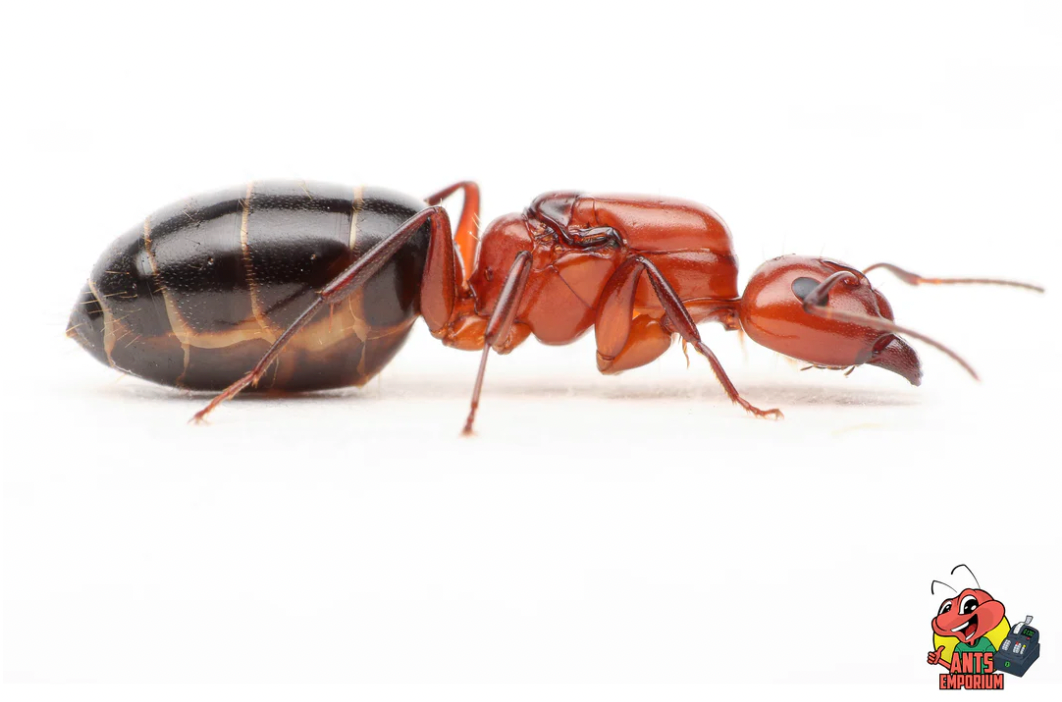
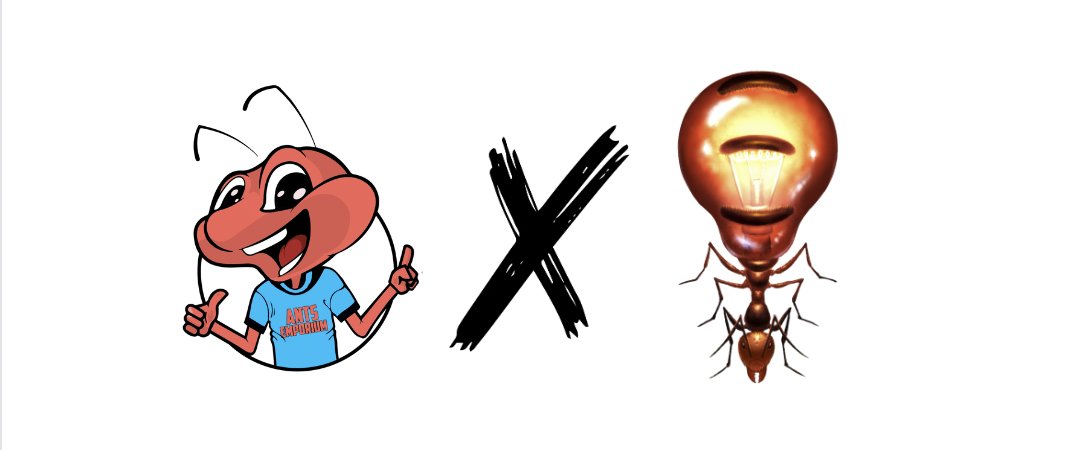
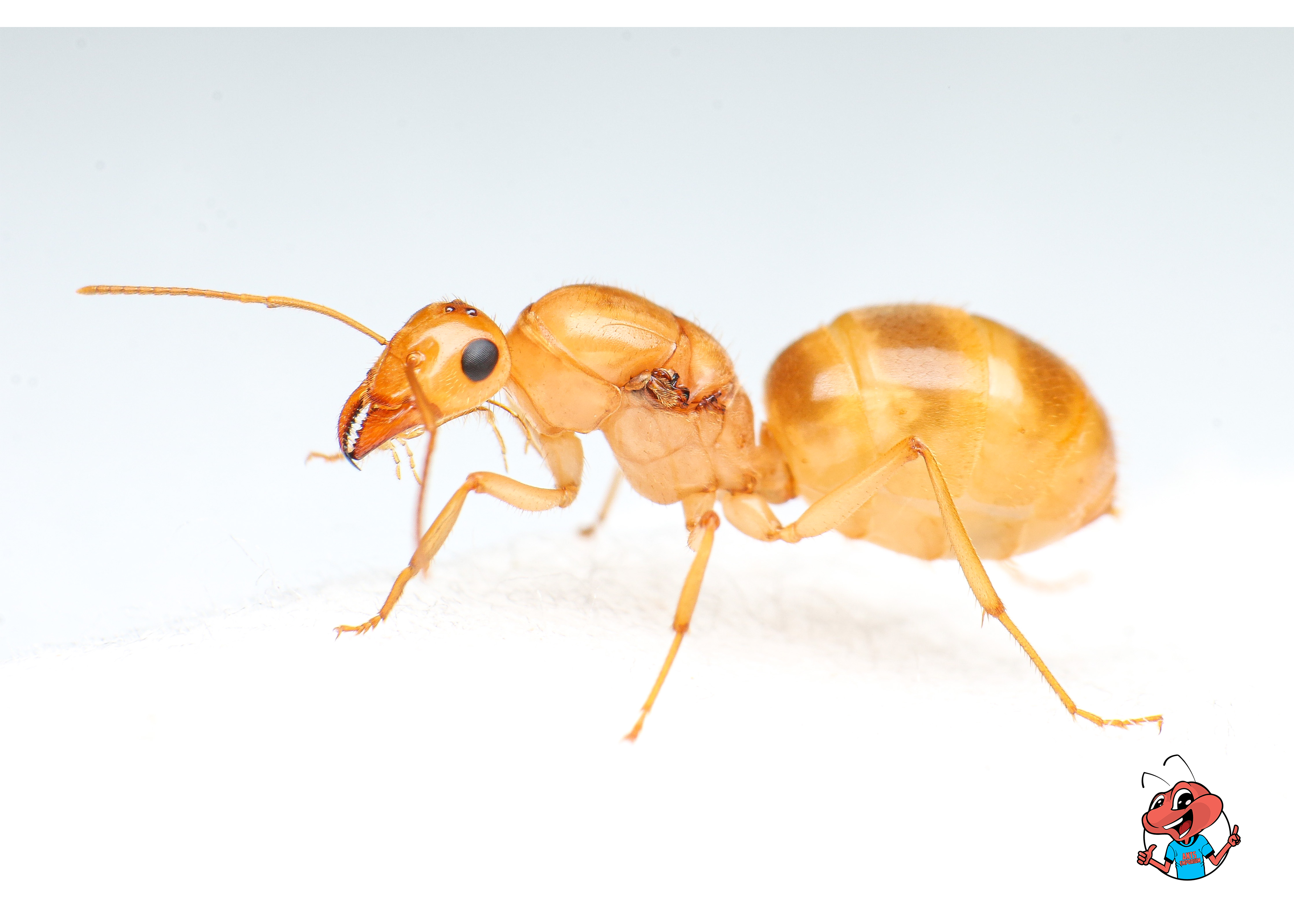
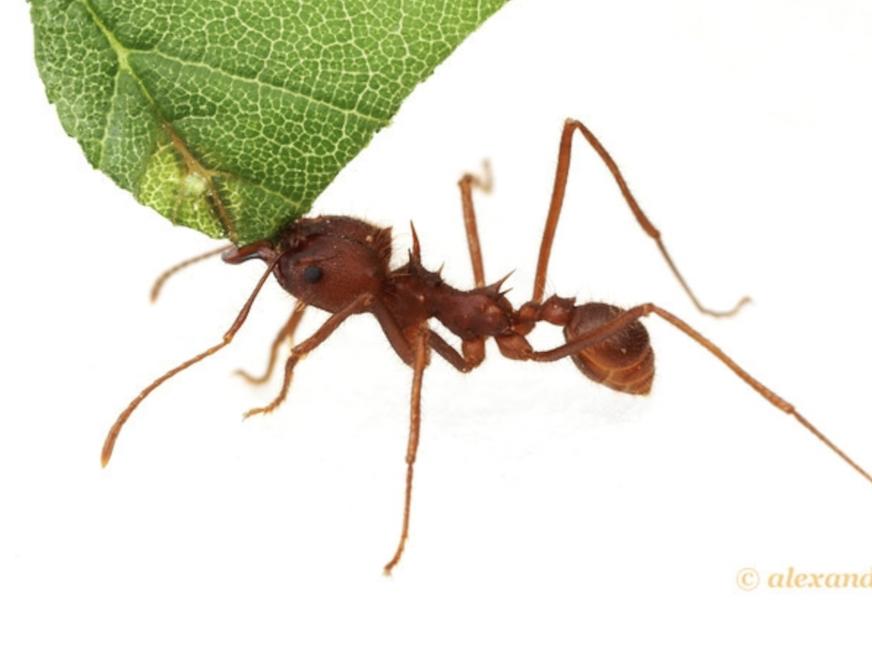
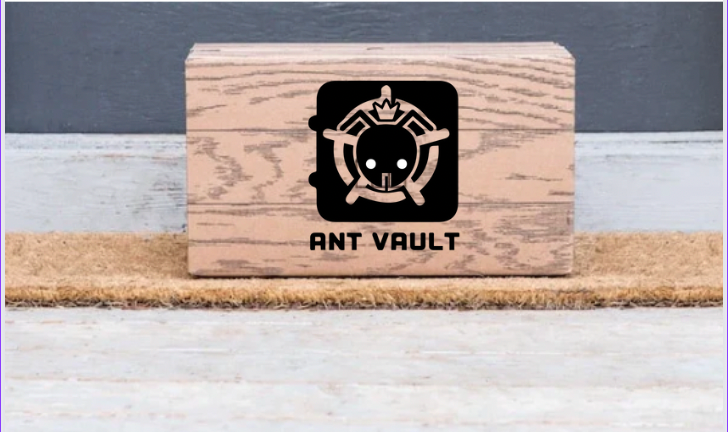


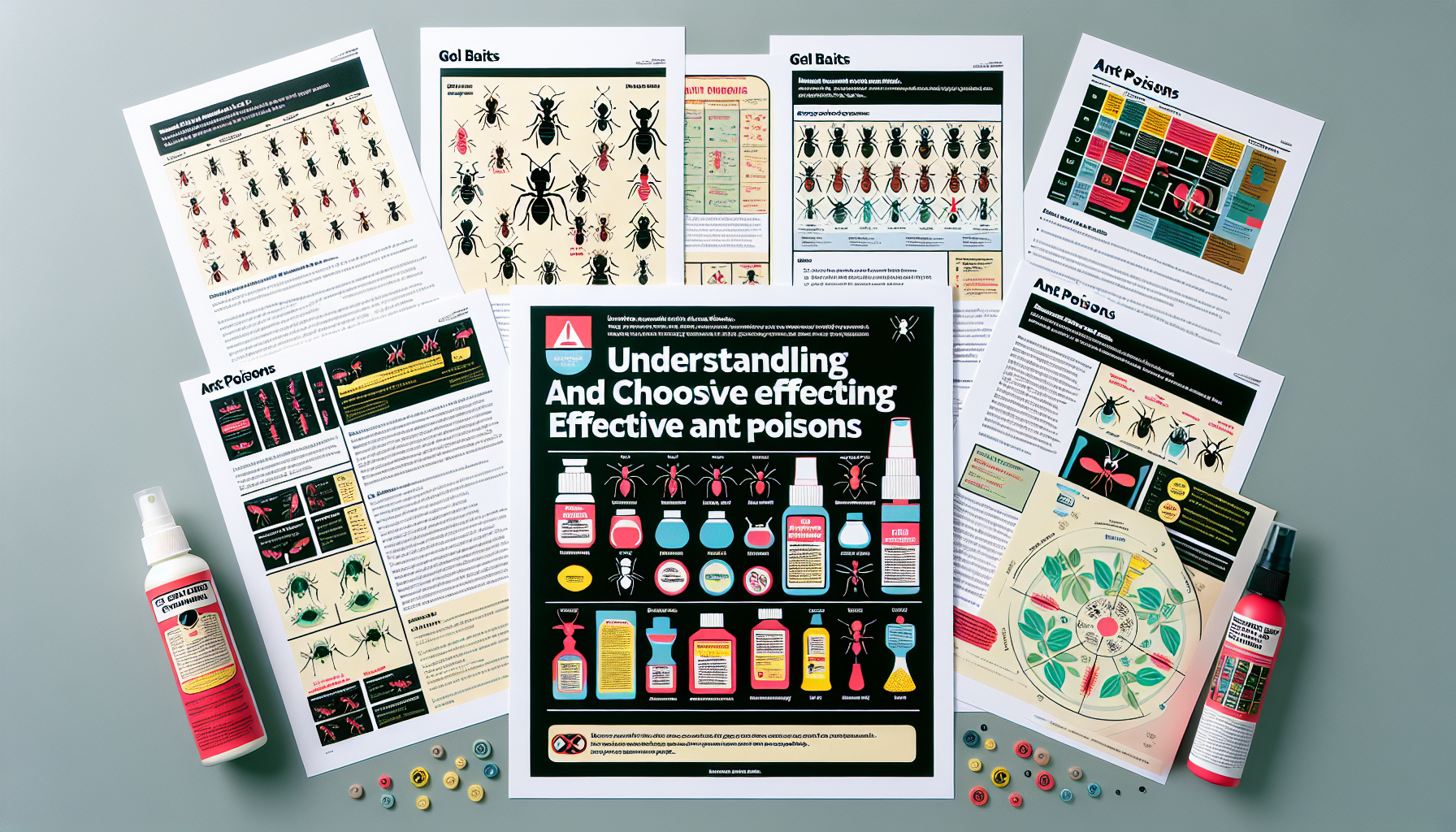
Leave a comment